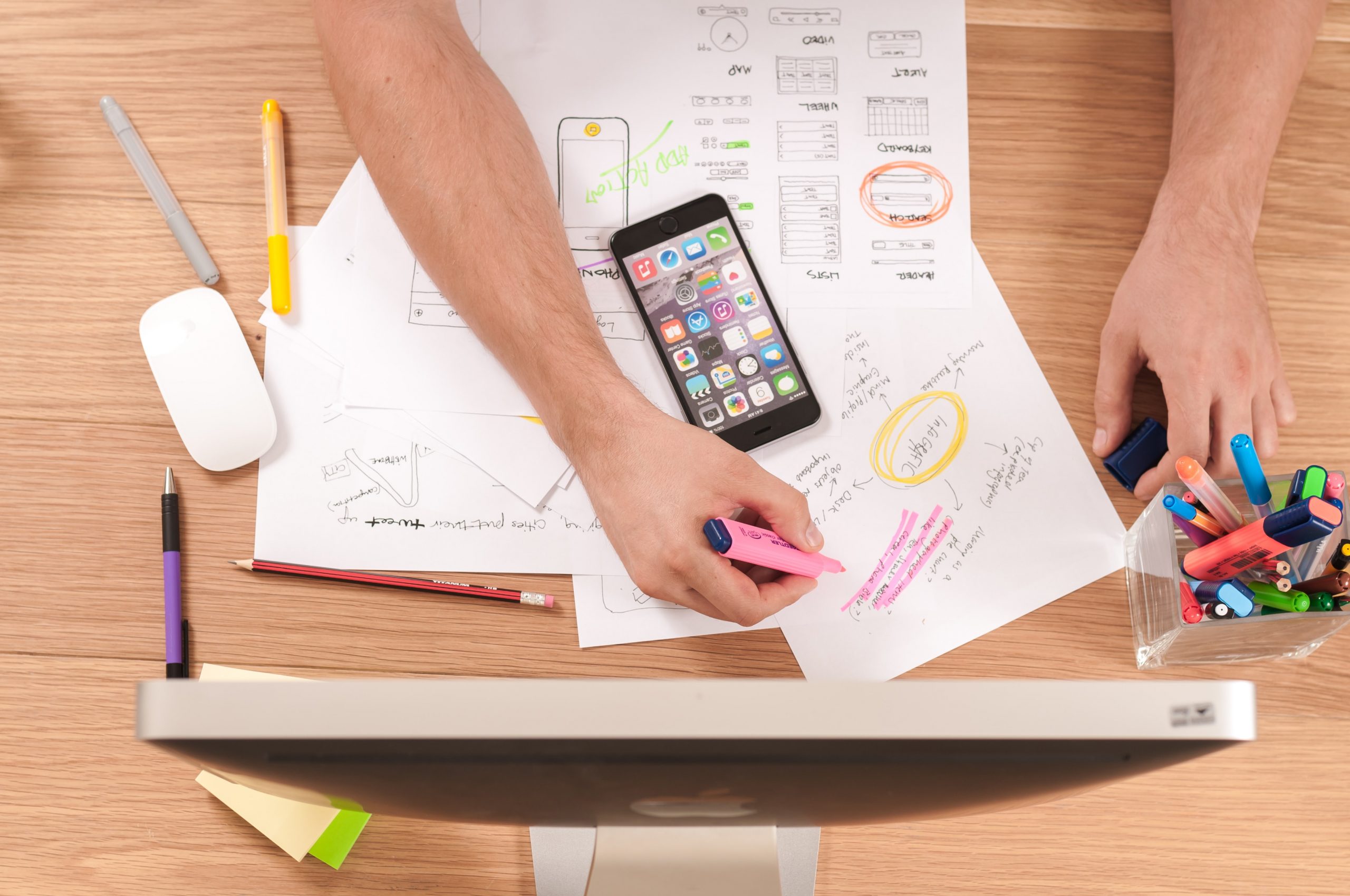I recently sat down with Barb Bergeron, an executive coach with a passion for how her clients organize themselves to achieve their highest potential. When I asked Barb if there was a consistent issue her clients experienced over the last year she replied, “No matter how high up they are in an organization, people feel very insecure about their personal productivity, their legs are paddling furiously underneath a calm surface.”
2020’s shift to full time Zoom brought an unexpected benefit to Barb’s practice: “I could now see how clients organized themselves and find the tell-tale signs of dysfunction” For example, right brained clients are better suited for horizontally oriented spaces with their work arrayed over a large surface area. Left brained clients function better with information vertically stacked, creating discrete spaces organized visually by columns. Essentially, you want to arrange your office so that it calms your mind, enabling focus.
How do you show up productively? In creating a personalized productivity system, Barb suggests that you consider 4 main areas:
Focus: While many of us are accustomed to the idea of multi-tasking, in reality there’s no such thing. Our brains only uni-task. When ‘multi-tasking’ we’re merely allotting less attention on any one task, which leads to lower quality outputs and higher levels of stress. Instead, try allocating tasks by time of day. According to Barb,high concentration work, (analysis, computation, and decision-making), are best done early. As the day progresses the workplace competes for our attention, decision fatigue sets in, and short-cut thinking replaces thoughtfulness. The afternoon typically produces more distractions, which then triggers impulsive behavior in an attempt to keep up. However, all is not lost. Barb says the afternoon’s high energy primes the mind for ideation and collaboration. Mental zig zags are fuel for creative problem solving, as non-linear thinking often produces innovative connections and resourcefulness. In summation, save analytically driven decisions for the morning when your mind is fresh and focused, and schedule more creative endeavors for the afternoon.
Willpower: The American Psychology Association defines willpower as “the ability to resist short term temptations in order to achieve long term goals.” Essentially, willpower is delayed gratification. Proper sleep, diet, and especially exercise, are critical to withstanding stress and the temptation to procrastinate. Building higher levels of willpower enable you to keep commitments, which feels great, and inspires the continuation of healthy habits. Over time, willpower becomes a superpower for enriching many areas of life. Says Barb, “willpower is more predictive of success than intelligence.”
Agility: How quickly can you adapt to changing circumstances? As an under-statement, 2020 presented a few opportunities for agility. For Barb, the effectiveness of our personal work systems is key to being agile. “We need our info systems at our fingertips. If we don’t have proper systems that supply the best data, agility is stressful.” How are you set up to receive critical information? As the rate of workplace change continues to accelerate, carefully crafting your systems to optimize decision making will be essential to your success.
Habits: On this broad topic Barb recommends The Power of Habit by Charles Duhigg. What are Barb’s 7 daily habits to boost productivity?
- Prep’s tomorrow’s to do’s today
- Focus on your most important work in the first 90 minutes of the day
- Check email at only pre-set times
- Spend only smart time on your smart phone
- Take 10 minutes at the end of the day for processing, reporting, and organization
- Aerobic exercise 30 minutes a day
- Finish today’s to do’s today. If you’re not, you are overplanning.
When you look at your own level of productivity, what areas need the most attention? Whichever they are, consider not being too hard on yourself. Afterall, there’s a lot of paddling going on with all of us just beneath the surface.
Connect with Velocity on LinkedIn


